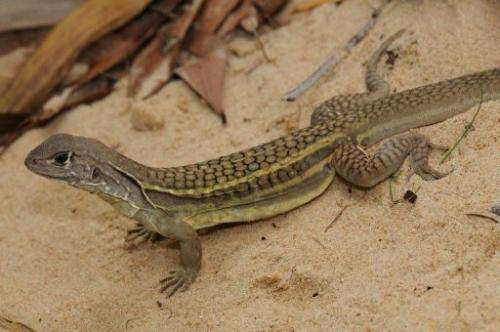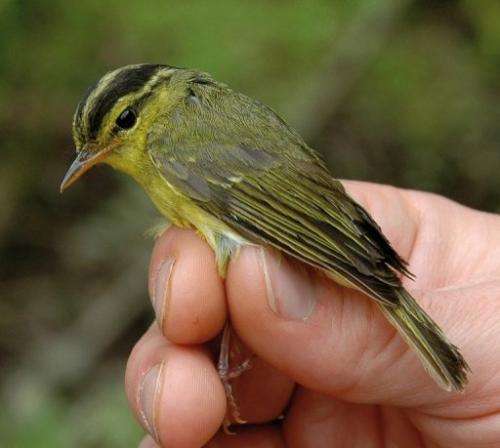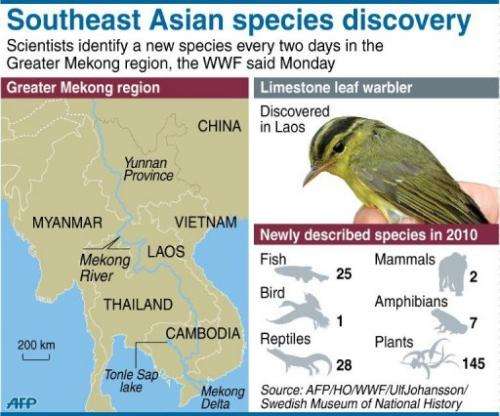Species, threats grow in Mekong region: WWF

Scientists identify a new species every two days in the Greater Mekong region, the WWF said Monday, in a report detailing 2010's more unusual finds such as a leaf warbler and a self-cloning lizard.
But the conservation group warned some species could disappear before they are ever recorded because of man-made pressures in the Southeast Asian area, described in the report as "one of the last frontiers" for new discoveries.
More than 200 species were newly recorded last year in the Greater Mekong, which includes Thailand, Cambodia, Myanmar, Vietnam, Laos and the south-western Chinese province of Yunnan.
Some, such as the snub-nosed monkey found in Myanmar’s remote Kachin state, were already known to local communities but never previously identified by the scientific community.

A species of all-female lizard, which reproduces via cloning without the need for males, was spotted by a scientist by chance on the menu in a Vietnamese restaurant.
Sarah Bladen, spokeswoman for WWF Greater Mekong, based in Hanoi, said despite the number of new species found, the region faced "an extinction crisis".
"Unless these countries start to see biodiversity as something to be valued and invested in, we risk losing wild places and wild species at an extraordinary rate," she told AFP.
The list, dominated by plants, included 28 reptiles and seven amphibians, such as a vibrantly-spotted newt species and a psychedelic gecko.
The only new bird found last year was the tiny limestone leaf warbler, so-called because it breeds in limestone karsts in Laos and has a loud, unique call -- the sign that alerted researchers to a potential new find.

"While these discoveries highlight the unique biodiversity of the Greater Mekong they also reveal the fragility of this region’s diverse species and habitats," the WWF report said.
It noted "urgent reminders" such as the dramatic 70 percent drop in wild tiger numbers in little over a decade and the extinction of the Javan rhino in Vietnam in 2010.
"Rapid, unsustainable development and climate change impacts are profoundly affecting biodiversity and ecosystem services and consequently the millions of people who depend on them," it added.
The report comes days after Thailand, Cambodia, Vietnam and Laos delayed a decision on a proposed hydropower dam on the Mekong river, which activists warn would seriously threaten several unique species in the waterway.
WWF called on the six leaders of the Greater Mekong Sub-region, meeting later this month in Myanmar, to prioritise biodiversity, warning that otherwise "the region’s treasure trove of biodiversity will be lost".
(c) 2011 AFP




















